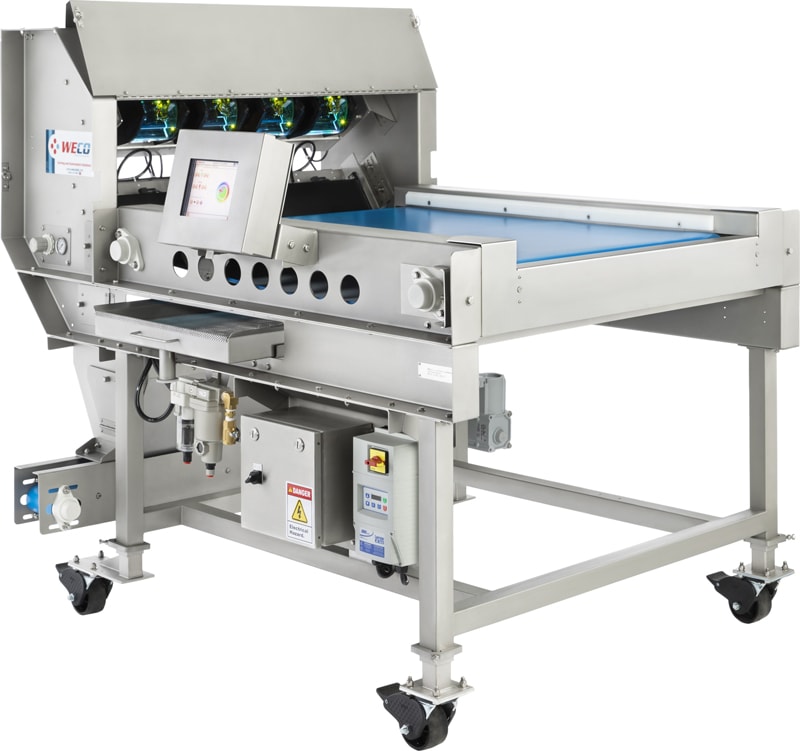The Duravant family of operating companies serve the food processing, packaging and material handling segments.
Our WineGrapeTek grape sorter removes MOG (Material Other than Grapes) — stems, jacks, shot berry and other types of foreign material including raisins. Automated MOG sorting with WECO’s optical sorting system results in a higher throughput and lower labor requirements.












